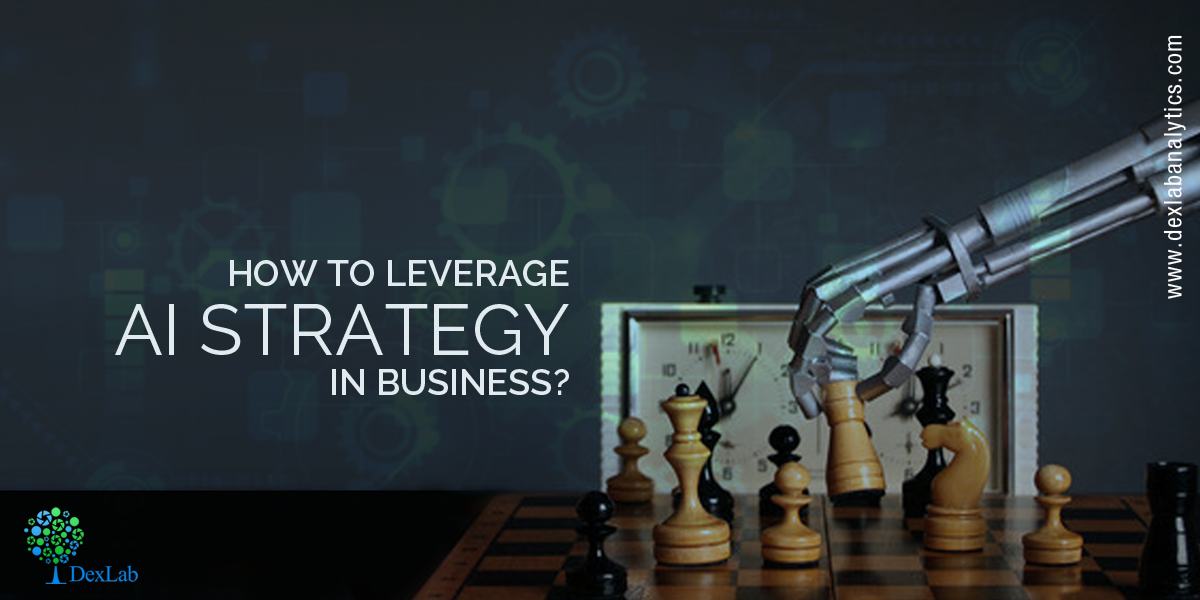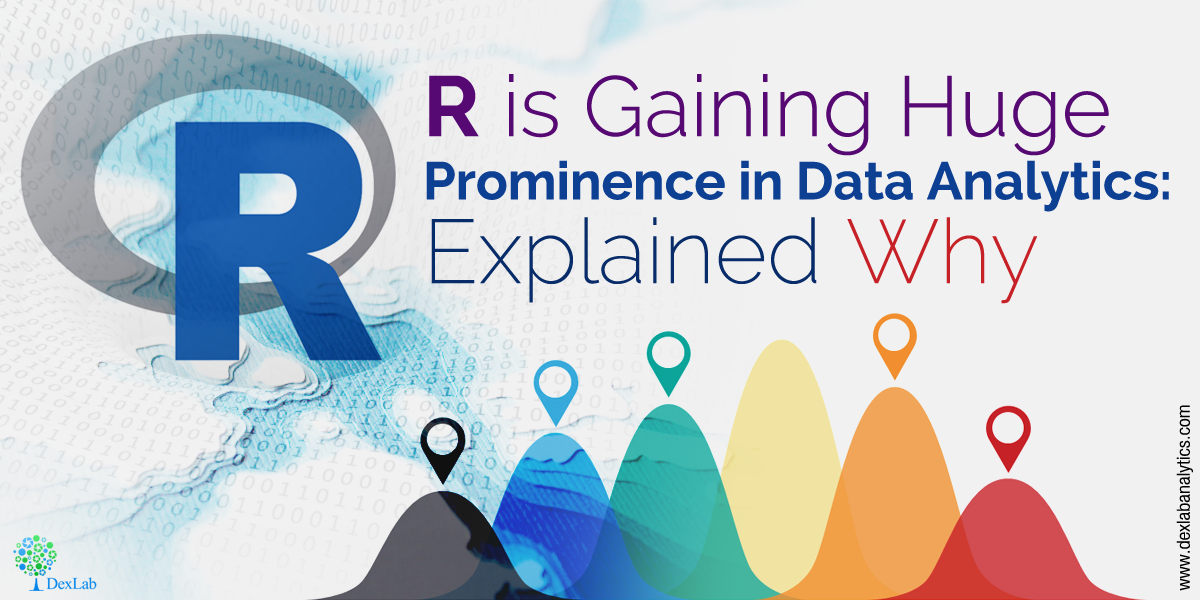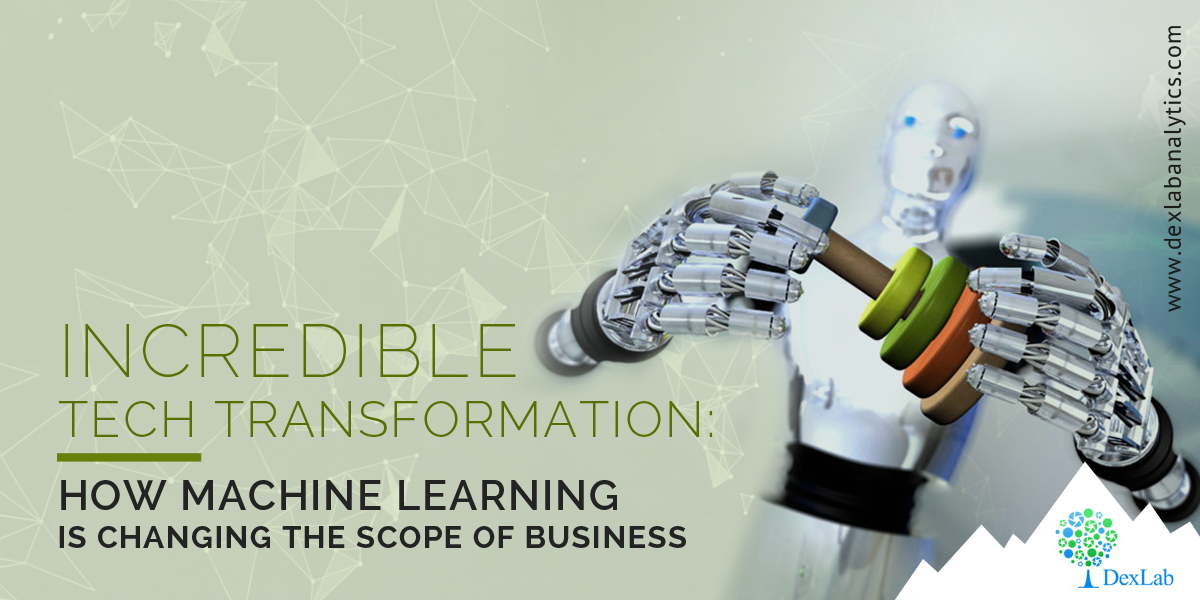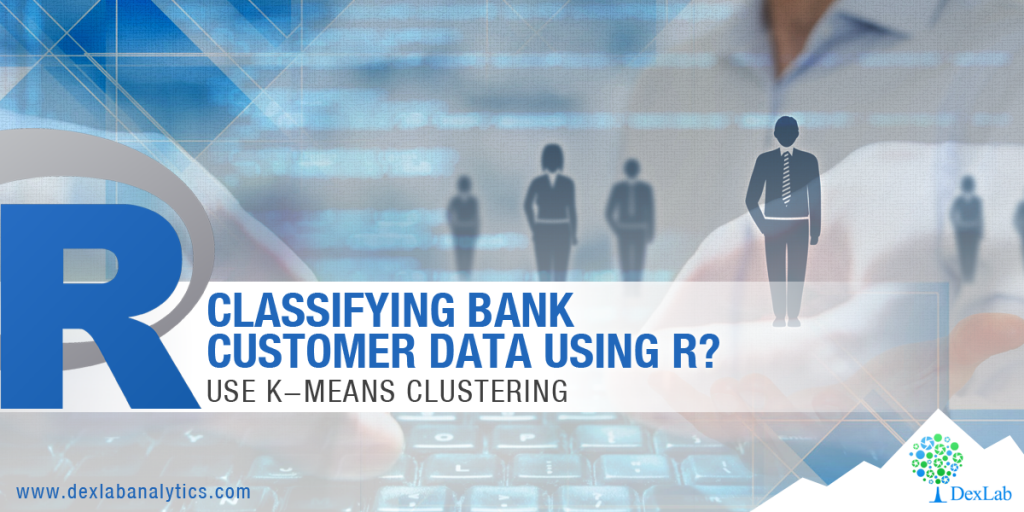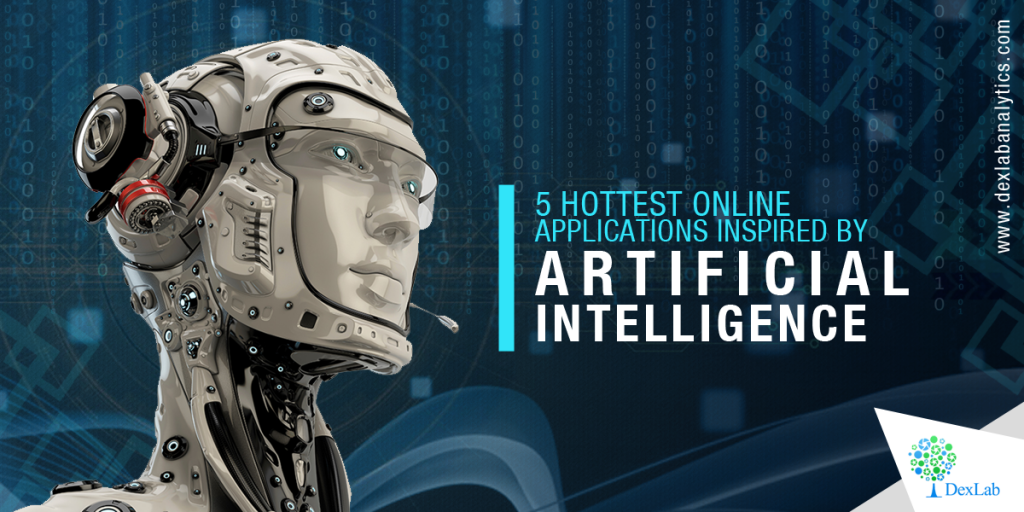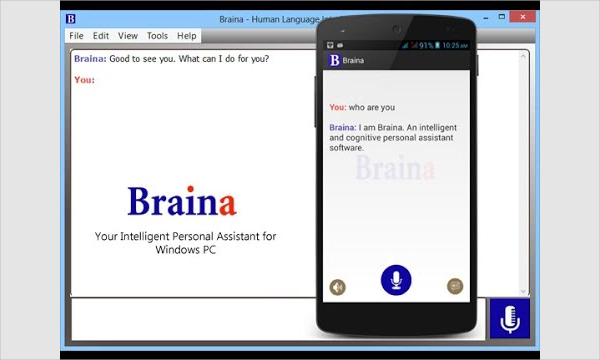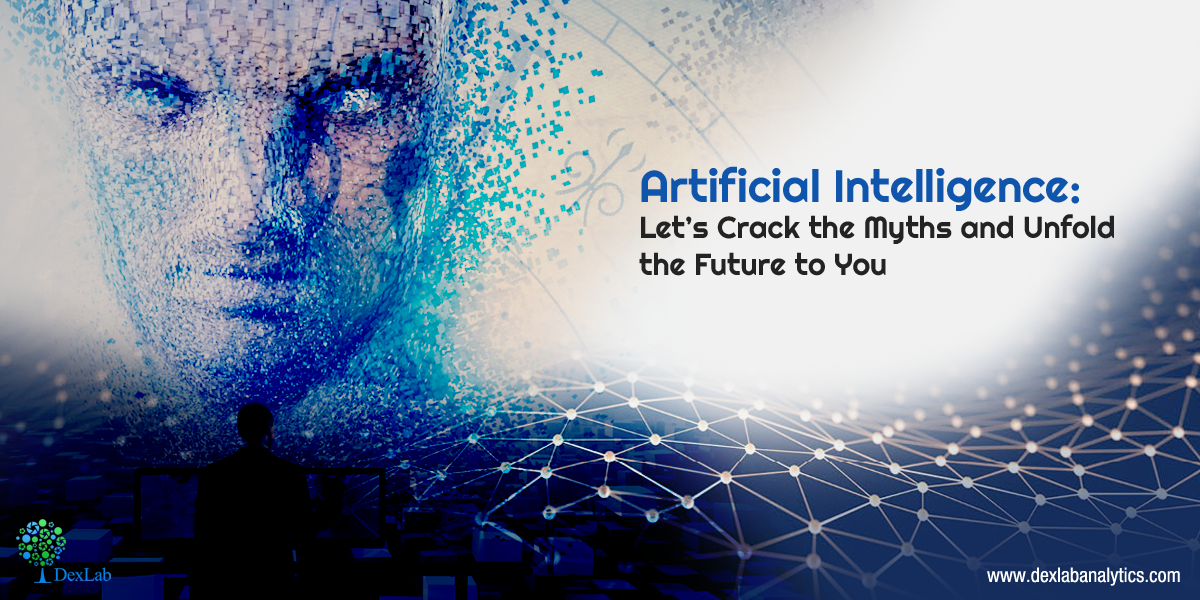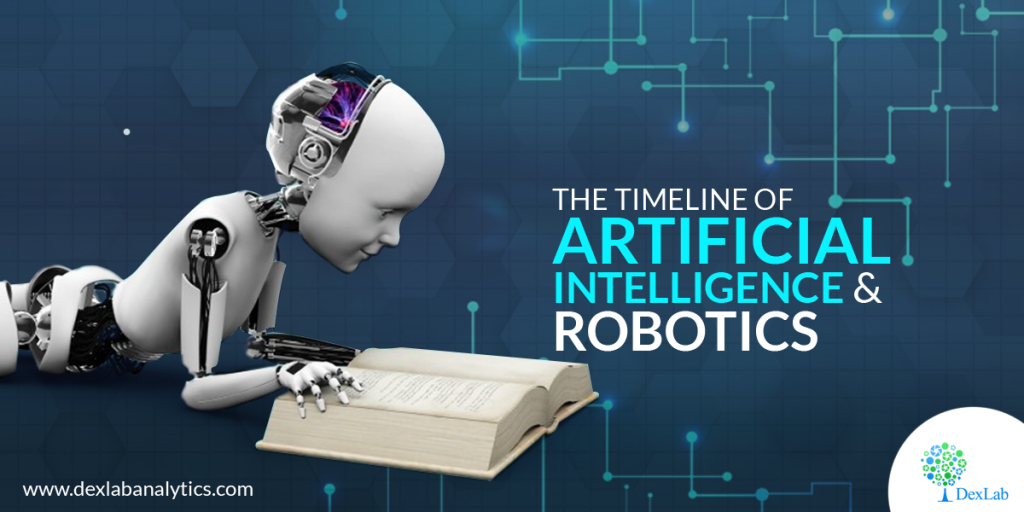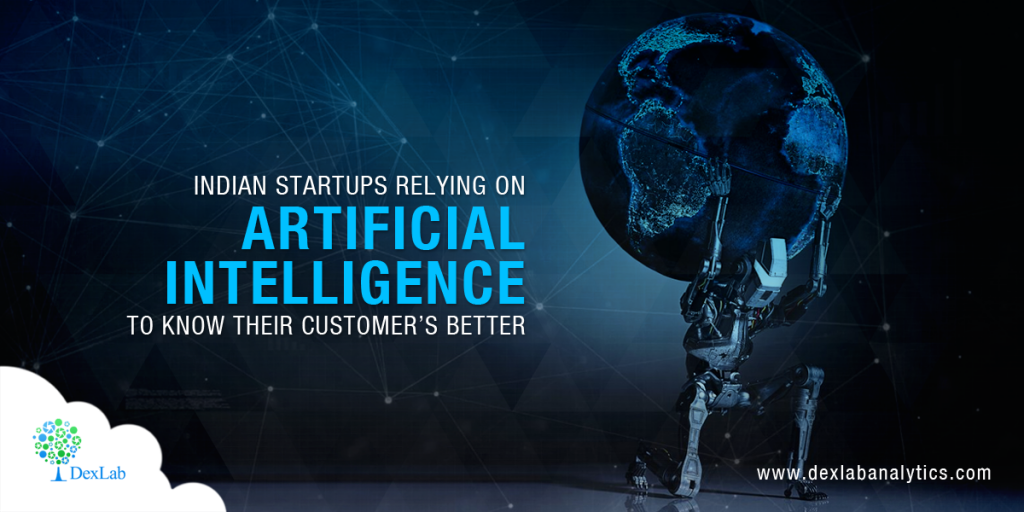Everyday some company or the other are deploying AI into their systems – whether its Spotify’s machine learning program or Bank of America’s chatbot Erica – it seems AI has broken the shackles and left the machine room to enter the mainstream business.
Today’s AI algorithms are framed on remarkably factual machine sight, speech and hearing, and they have easy access to global cache of information. Thanks to Deep Learning, meteoric growth in data and other cutting edge AI techniques, AI performance is staggeringly improving. With these developments, it may seem possible for CIOs, enterprise architects, application managers who are still in nascent stage in gaining expertise in AI to feel like they are lagging behind somewhere. Contrarily, they are doing well for themselves.
How?
No second thoughts, a majority of data architects are still learning AI technology so as to develop their adoption strategy. AI is an ever-evolving technology – constant new developments and breakthroughs are emerging out every day, hence crafting a particular strategy might be difficult at times. Luckily, tech oracles like Whit Andrews, VP distinguished analyst, Gartner, are able to pin down distinct trends that determines the direction of AI in the business, while leveraging its capabilities to the fullest.
Browse through our intensive Data Science with Python Courses – they are a real treat to satiate the analytics hunger!
Check out these three trends that Andrews focuses on to develop formidable AI strategy for your business setup:
Data Science and Machine Learning: In What State They Are To Be Found? – @Dexlabanalytics.
AI will mushroom normal, contextual user-machine interfaces
Google Home and Amazon Echo have penetrated the homes of thousands, taking the consumer space by a storm. Human-computer interaction is now shifting its base from tactile touchscreens and keyboards to voice – the voice recognition is not only limited to distinct commands but deciphers normal human speech.
Natural language processing (NLP) is the reason behind such intrinsic advancements – and we can’t thank more! NLP and natural language generation have improved operations. The workers employed in parts of Eastern Europe can now talk to their system in their own language and grasp the things that need to be done to complete their designated work, making the whole system work seamlessly.
Incredible Tech Transformation: How Machine Learning is changing the Scope of Business – @Dexlabanalytics.
IoT is the future of AI and Fluid Application Integration
IoT devices gather data from the real world, exchange the data, and perform tasks sent through the internet. In general, they are simple in make but when combined with AI, they can rock the world. How would it be if you find an AI-powered IoT that receive orders, grab products and pack them in containers to be shipped across! Impressive, right?
Besides, AI works upon boosting existing organization applications. AI is like a magical stone that improves customer engagement and support, and Bank of America’s chatbot Erica is a perfect example of that.
The Math Behind Machine Learning: How it Works – @Dexlabanalytics.
A complex computing ecosystem will surface out with AI at the center
While companies diversify their systems, computing ecosystem strives to be the beacon of hope – it includes an intricate mix of customers, staffs, IoT devices, applications and data, coupled with AI in the nucleus. This will ensure:
- Better interaction between people and devices
- Proper communication between applications
- And everything in between
No wonder, such ecosystems presents organizations more integrated automation, deeper insight, and better customer experience. Moreover, Gartner has predicted that more virtual agents will get involved in a majority of business interactions between organizations and individuals by 2020 – so the rise of machines is here, and we are extremely excited about it!
Help develop a well-devised AI strategy – with DexLab Analytics. Our consultants will feed you meaningful information on everything related to AI and machine learning. Our machine learning training course is impressive, and if you want to excel in machine learning training, drop by DexLab Analytics. We have a lot of things in store for you!
Interested in a career in Data Analyst?
To learn more about Data Analyst with Advanced excel course – Enrol Now.
To learn more about Data Analyst with R Course – Enrol Now.
To learn more about Big Data Course – Enrol Now.To learn more about Machine Learning Using Python and Spark – Enrol Now.
To learn more about Data Analyst with SAS Course – Enrol Now.
To learn more about Data Analyst with Apache Spark Course – Enrol Now.
To learn more about Data Analyst with Market Risk Analytics and Modelling Course – Enrol Now.
